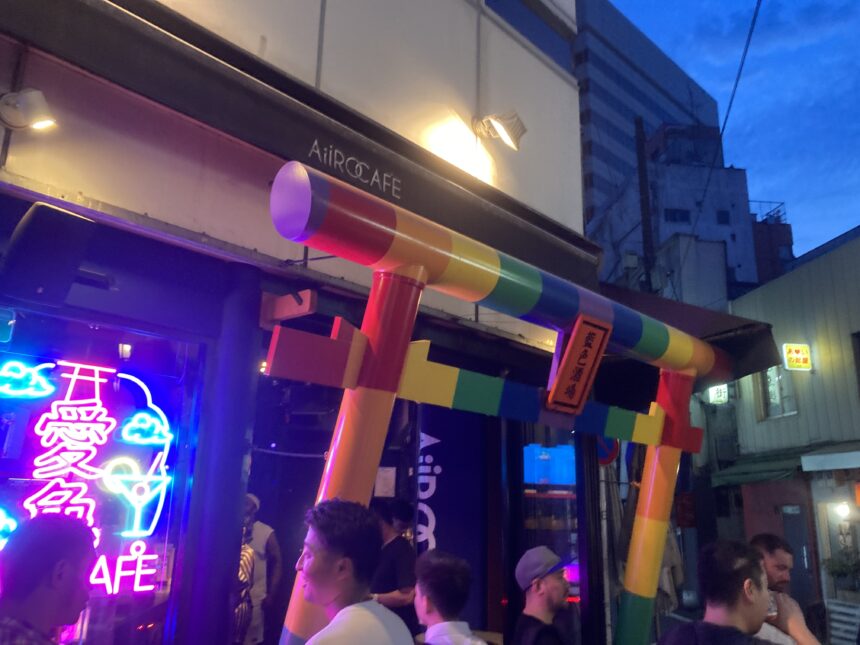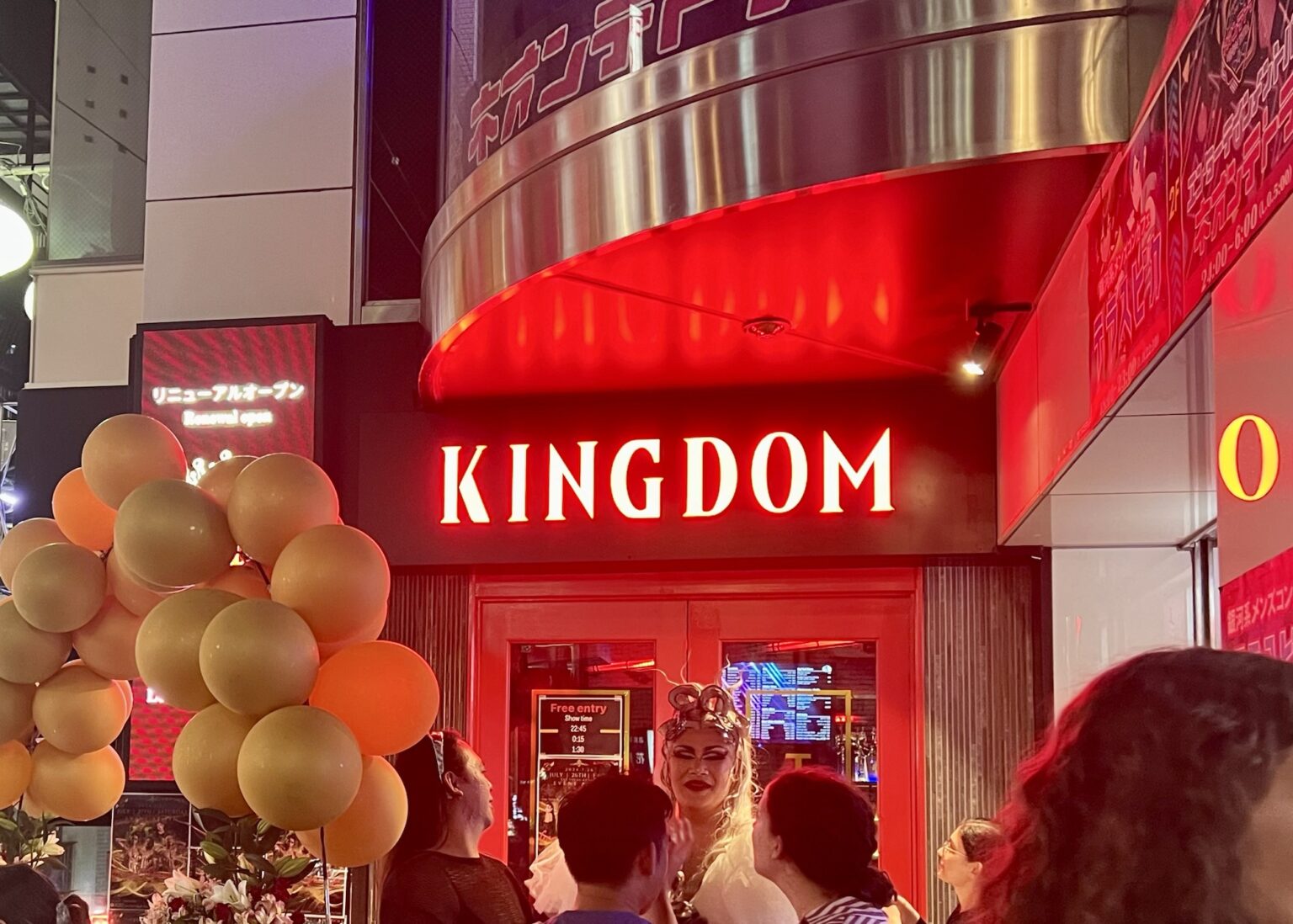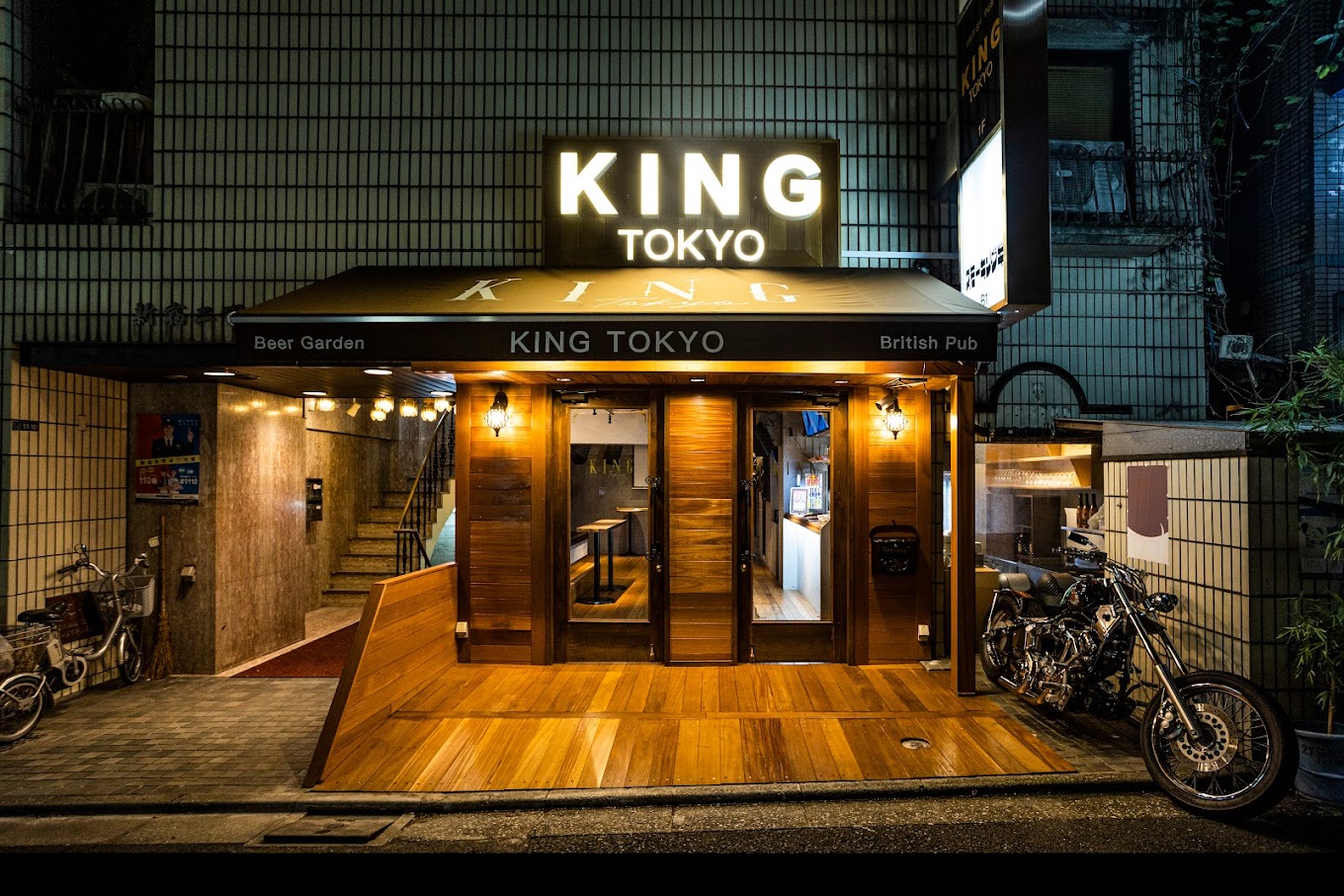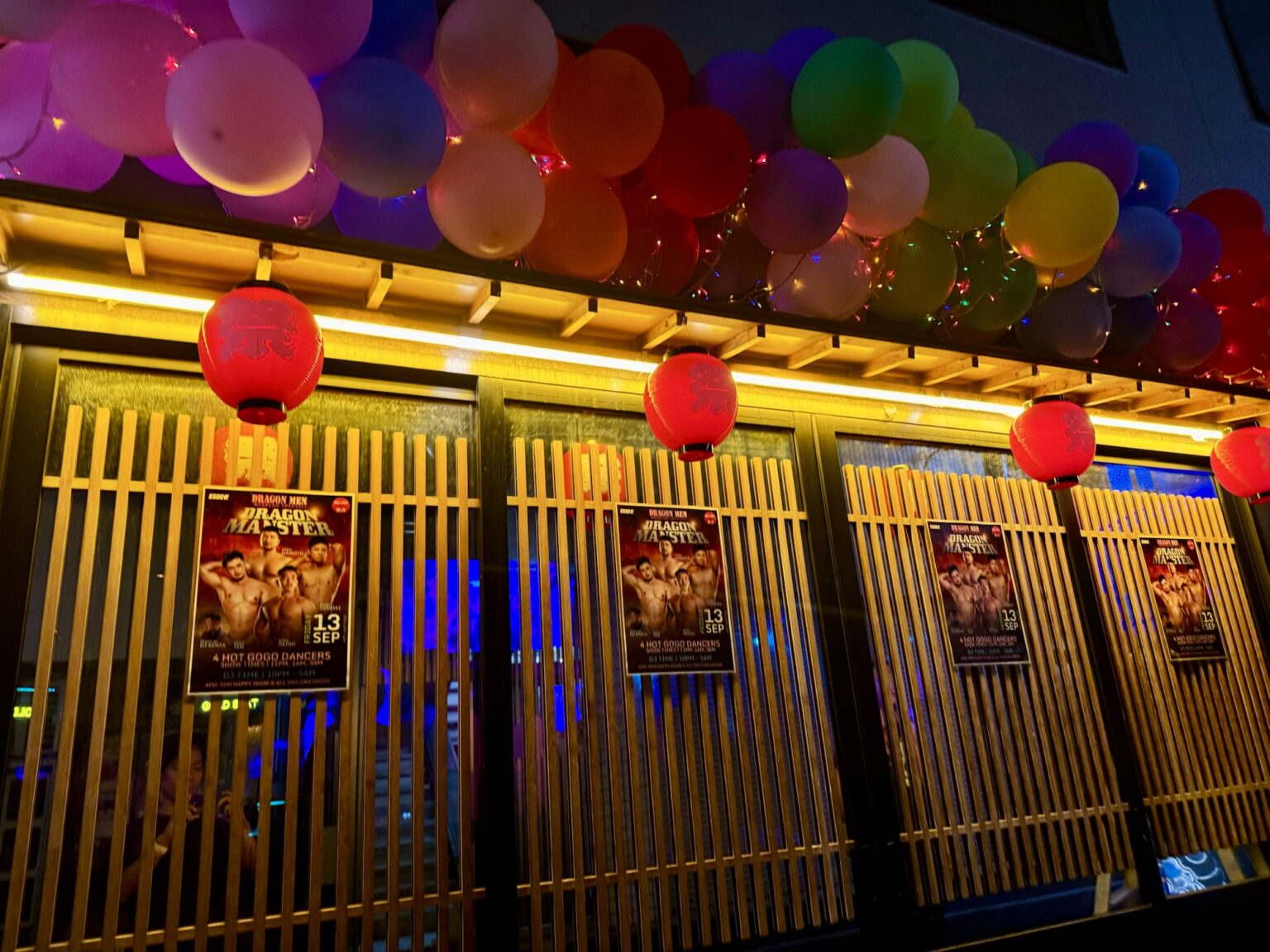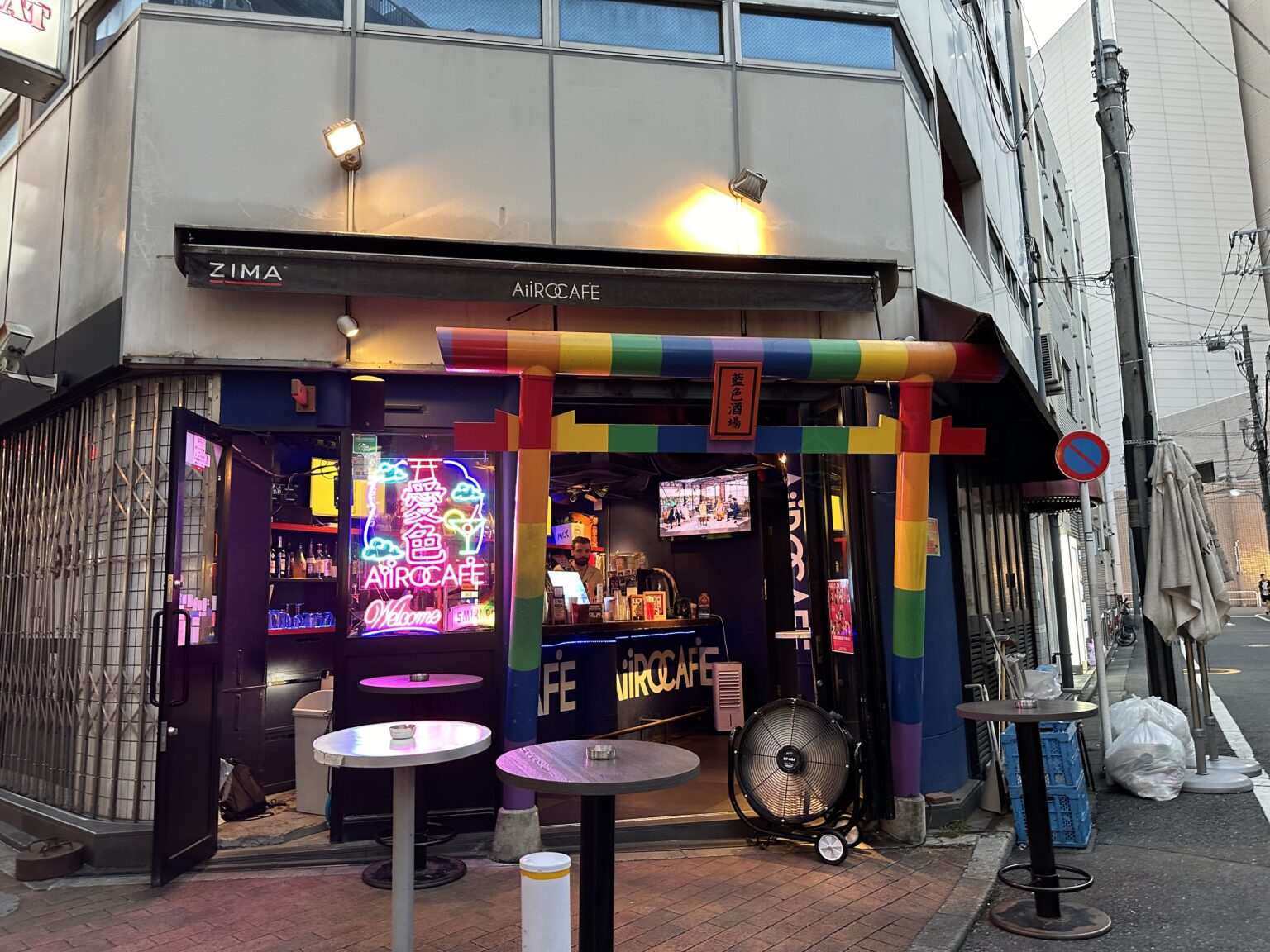For tourists, visitors, and new arrivals to Japan, the differences in how things are done here compared to their motherland can be stark, and this is also true of visiting Tokyo gay bars. While there are definitely some similarities, there are a few things that first-timers should be aware of when they go for a drink among their people.
Shots, Snacks, or a Mix?

The first thing to consider is what sort of bar you want to visit, with the main three types being shot bars, snack bars, and mixed bars.
Shot bars are very popular with foreign visitors to Japan and locals with experience visiting bars overseas, as they function very much like LGBTQ+ bars abroad. There is usually no cover charge, or a very small one that often includes a drink or two, and drinks are pay as you go. Although they’re called “shot bars”, they don’t only sell shots of liquor, and usually have good selections of beer, wine, and soft drinks.
Although shot bars are small, they are likely to have a dance floor for later in the evening. As such, they often play host to guest DJs, so if you check the social media or a bar that’s caught your eye, you could even find an upcoming event that scratches your musical itch.
Mixed bars are very similar to shot bars, but while they may have a focus on an LGBTQ+ clientele, they are welcoming of anyone, regardless of gender or sexuality. This welcoming atmosphere is great for people who are new to the scene, or if you’re out on the town in a group of mixed gender and mixed sexuality. KingTokyo and Kingdom are terrific examples of this type of mixed bar.
Many shot bars are mixed, but will occasionally hold events or have specific days of the week dedicated to one particular gender or sexuality. For example, a gay bar that is hosting a striptease night may not allow women into the event, so it’s worth checking the social media of bars you plan to visit beforehand on Fridays and weekends.

Snack bars are a little more traditionally Japanese, in that they cater to regulars, and while they are initially expensive to attend, used correctly they can be a little cheaper. Snack bars will almost always have a cover charge that will include a small dish of food, and single drinks are extra. The initial big expense is that guests must buy a large bottle, usually of a hard spirit like liquor or whisky. However, this bottle is kept for the patron behind the bar when they leave, encouraging repeat visits, as you don’t need to pay for a new bottle until the old one is finished.
Because snack bars are a little less noisy, with no dancing or loud music, there is more of a focus on conversation. As such, they’re a great place to bring your current or prospective partner. If you’re coming alone, a host, known as a “mama” will usually have conversations with you and other guests to keep things lively. It’s also not unusual for a snack bar’s mama to be dressed up to the nines in fine drag regalia, which is always fun.
Snack bars, however, are difficult for foreigners to access: most have hosts that only speak Japanese, and many are invitation-only. So if a Japanese friend invites you, you should take the chance!
Pas de Faux Pas

So you’ve arrived at the bar of your choice – congratulations! But now that you’re here, are there any things you shouldn’t do that you happily do back home?
One of the first things to note is that taking photos of bar interiors when many other customers are around can be frowned on. Selfies are usually fine, but be careful not to catch the face of a stranger: if the picture is posted to social media, it’s possible you could accidentally out someone. While gaybourhoods like Nichome, with a big concentration of gay bars are naturally welcoming, outside of Tokyo’s queer capital society can be a little more conservative, so be careful.
Hiro, a bartender at Dragon Men, also cautions against getting too revealing. “In many gay clubs in foreign countries, men take off their shirts when they go dancing. There are special bars with looser clothes requirements, but most shot bars don’t appreciate it when people start getting half-naked.”
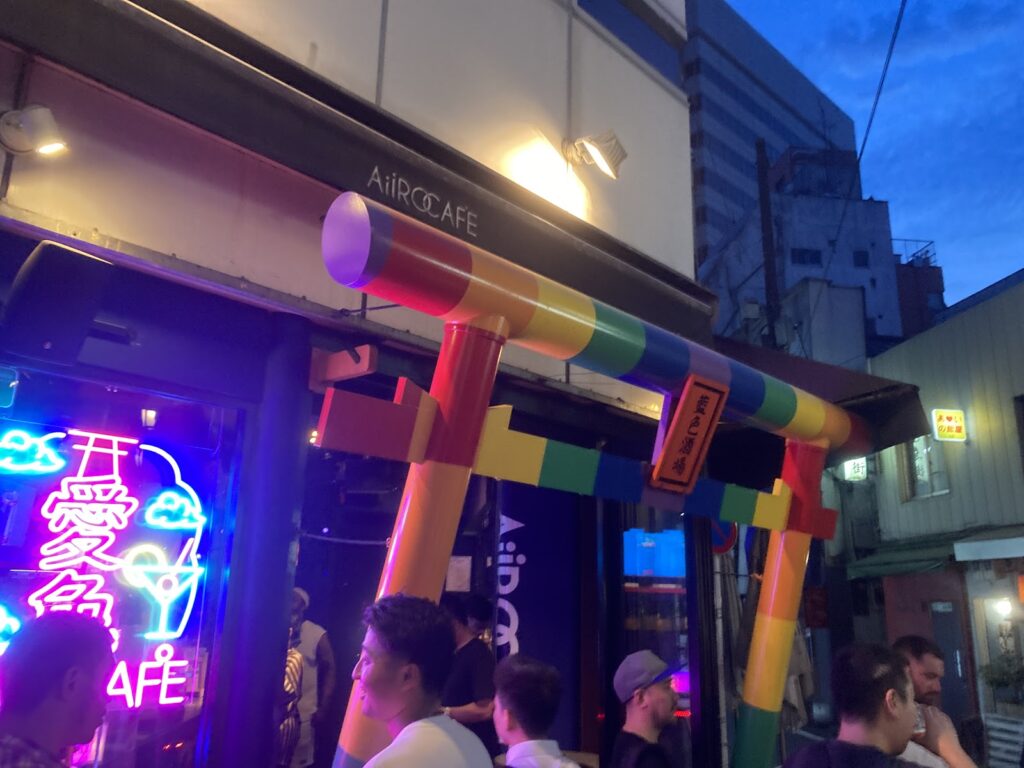
Another hint, given by a former bartender at AiiRO Cafe, is to consider the differences in the tipping culture. In Japan, tipping is extremely rare, and you should typically only tip if there is a sign explicitly asking you to – many Tokyoites can drink in bars, eat in restaurants, or travel in taxis for years without tipping once.
The former employee (and current regular) advises,
But if you’re a regular, you should offer the bartender a drink when you order one. It’s polite, it shows your appreciation, and it can strengthen your friendship. Even if they decline, it’s nice to be asked.
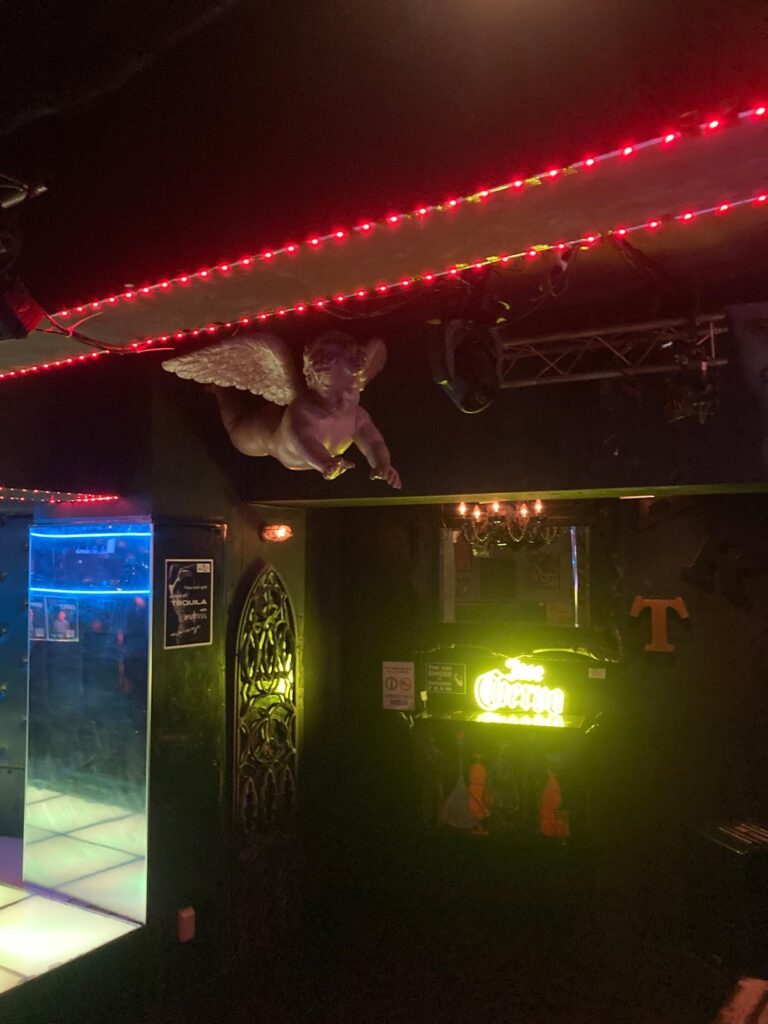
If you do manage to get your own bottle in a Snack bar, the host will likely be pouring your drinks from the bottle for you, so make sure to ask them if they want to pour one for themselves.
Along those lines, the manager of Arty Farty, one of the oldest extant mixed bars in Nichome, makes it clear that most mixed and shot bars expect clients to buy at least one drink if they want it to enter. “I know that in foreign countries, sometimes people come to gay bars, but they just use the bathroom, or talk with friends, without buying drinks. That’s considered very rude here. Since many bars don’t have a cover charge, you should at least buy one drink,” he says.

